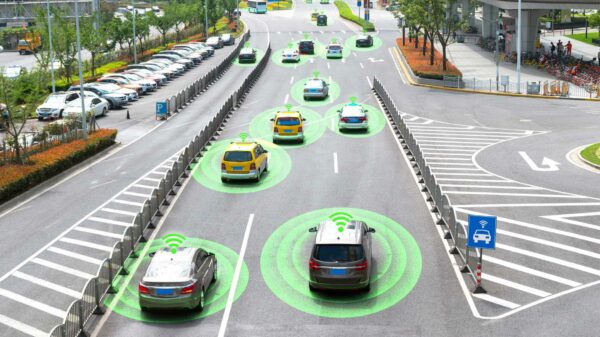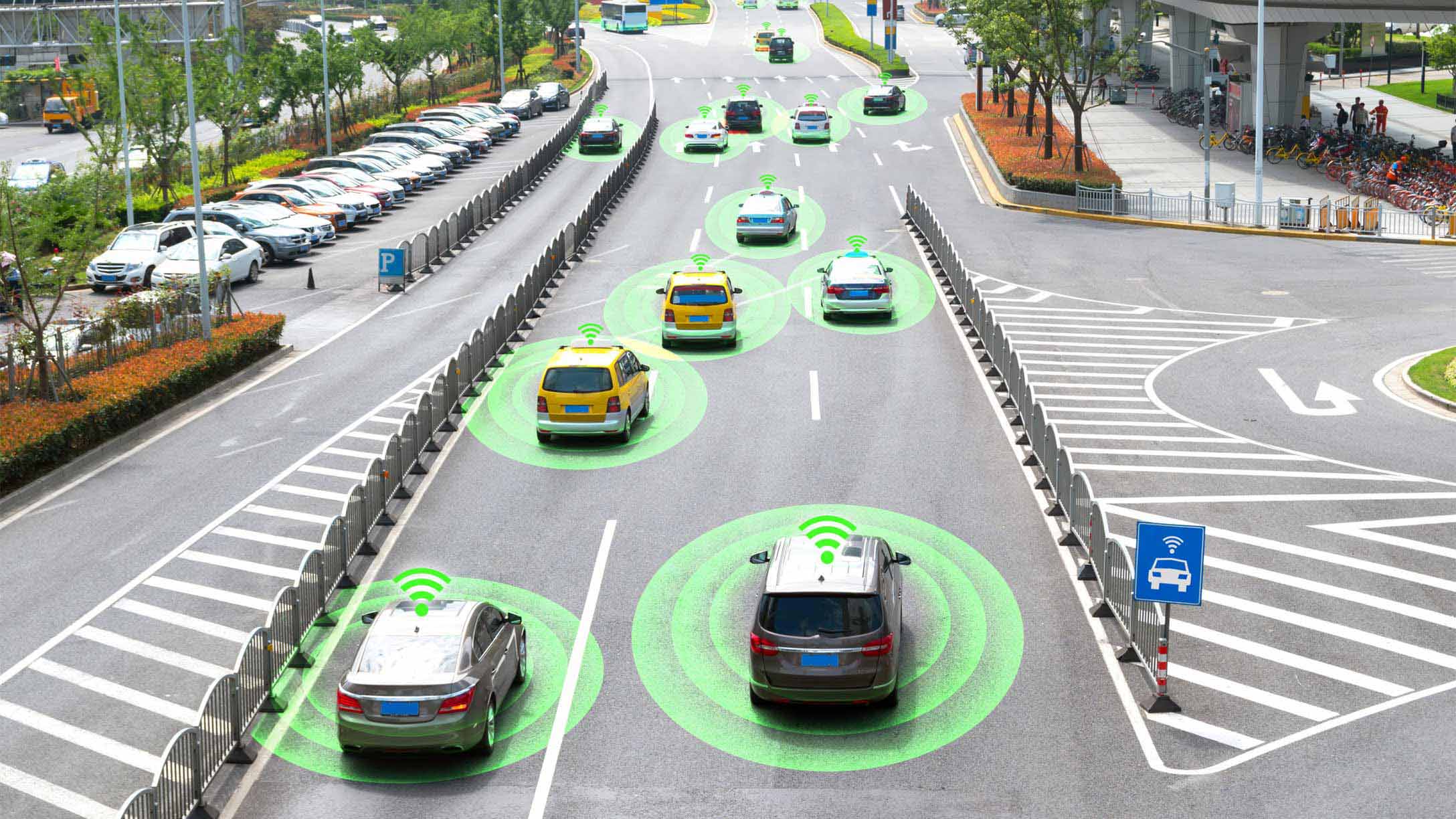The world of transportation is on the brink of a revolution. With advancements in technology, changing societal attitudes, and environmental concerns, the future of mobility promises a transformative shift in how we move from one place to another. This article explores the key trends and innovations shaping the future of mobility, including electric vehicles, autonomous transportation, shared mobility, and smart infrastructure.
It delves into the potential benefits and challenges associated with these developments and discusses the impact they may have on our cities, the environment, and our daily lives. As we embrace this new era of mobility, it is crucial to understand the possibilities and implications it holds for our future transportation systems.
Electric Vehicles: A Sustainable Future
One of the most significant changes in the future of mobility is the widespread adoption of electric vehicles (EVs). As concerns about climate change and air pollution grow, EVs offer a cleaner and more sustainable alternative to traditional internal combustion engine vehicles. The advancements in battery technology have increased the range and performance of EVs, making them a viable option for everyday transportation.
Additionally, the development of fast-charging infrastructure and improved battery management systems addresses the issue of range anxiety, making EVs more convenient for long-distance travel. The article discusses the environmental benefits of EVs, their potential impact on the energy grid, and the challenges associated with their widespread adoption.
Autonomous Transportation: The Rise of Self-Driving Vehicles
Autonomous vehicles (AVs) are poised to revolutionize the way we travel. With advancements in artificial intelligence, sensor technology, and connectivity, self-driving cars are becoming a reality. The article explores the various levels of autonomy and the potential benefits of AVs, such as improved safety, reduced traffic congestion, and enhanced mobility for elderly and disabled individuals.
However, it also delves into the challenges of implementing AVs, including legal and regulatory issues, public acceptance, and cybersecurity concerns. Furthermore, the article discusses the potential impact of AVs on employment and urban planning.
Shared Mobility: A Shift Towards Collaboration
Shared mobility services, such as ride-hailing, car-sharing, and bike-sharing, are gaining popularity worldwide. The article highlights the benefits of shared mobility, including reduced traffic congestion, lower emissions, and cost savings for users. It examines the rise of ride-hailing platforms and the emergence of micro-mobility options like e-scooters and shared bicycles.
The article also discusses the challenges associated with shared mobility, such as ensuring equitable access, addressing regulatory issues, and integrating these services into existing transportation systems. The role of data analytics and smart technologies in optimizing shared mobility is also explored.
Smart Infrastructure: Building the Foundation for Future Mobility
The future of mobility relies heavily on smart infrastructure that supports connected and efficient transportation systems. The article discusses the concept of smart cities and the integration of various technologies, such as the Internet of Things (IoT), sensors, and data analytics, to improve transportation networks. It explores the potential benefits of smart infrastructure, including real-time traffic management, optimized routing, and improved safety. The challenges of implementing smart infrastructure, such as data privacy and security concerns, as well as the need for cross-sector collaboration, are also addressed.
Conclusion
The future of mobility holds immense potential to revolutionize transportation and shape the way we move in the 21st century. The adoption of electric vehicles, the development of autonomous transportation, the rise of shared mobility services, and the implementation of smart infrastructure are key trends driving this transformation. While these innovations offer numerous benefits, they also pose challenges that need to be addressed.
Policymakers, urban planners, and industry stakeholders must work together to create supportive frameworks, regulations, and infrastructure to enable the transition toward a sustainable and efficient mobility system. Additionally, public awareness and acceptance are crucial to ensuring the success of these advancements. The future of mobility has the power to reshape our cities, improve air quality, enhance safety, and increase accessibility for all. By embracing these changes, we can create a future where transportation is not only efficient but also environmentally friendly and socially inclusive.



























You must be logged in to post a comment Login